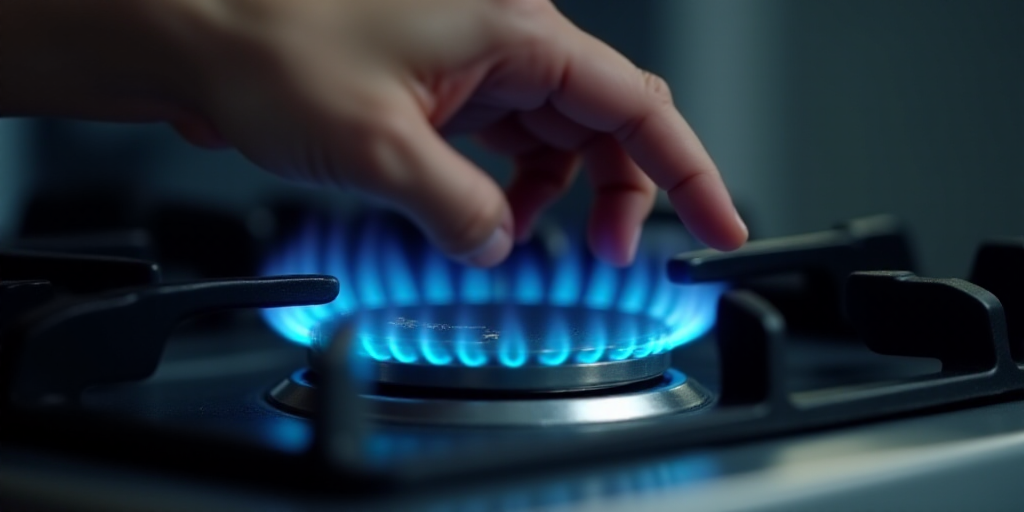The South American Freeze and its Effects on Argentina
An intense cold wave has swept across South American countries, including Chile, Uruguay, Paraguay, and Argentina. This extreme weather has put a strain on various industries, particularly the gas sector in Argentina. In response to this crisis, the government of Javier Milei has taken control measures to address the situation.
Government Response and Control Measures
The Argentine government, under Javier Milei, has established crisis committees and emergency meetings to implement measures addressing the “exceptional situation” caused by the low temperatures. These actions include controlled gas supply interruptions, starting with the municipality of Pueyrredón in Mar del Plata (Buenos Aires), one of the areas most affected by freezing conditions.
The Secretary of Energy declared a state of “emergency” and announced firm gas supply cuts. Three executive emergency committee meetings were held in less than 24 hours, involving the National Gas Regulatory Entity (ENARGAS) and transport and distribution companies. As a result, total gas supply was cut off to GNC stations, industries, shopping centers, and commercial centers. Restaurants and cafes were mandatorily closed during nighttime hours, and gas export restrictions to Chile were partially implemented.
Impact on Residential Users and Industries
The primary objective was to ensure priority access to gas for households. However, residential users in Buenos Aires experienced service interruptions, which continued at least until Friday. The situation also affected gas stations in Córdoba, San Juan, Mendoza, La Pampa, Neuquén, and Río Negro, as reported by La Nación.
According to the Natural Gas Association (AGN), the coldest day in the last three decades led to a record-breaking residential demand of 100.3 million cubic meters (m³) per day, surpassing the previous maximum of 96 million m³. This surge in demand increased pressure on the gas distribution system by 25%.
Impact on Chile
The gas supply shortages not only affect service stations but also various industries and neighboring Chile, which imports gas from the other side of the Andes.
AGN stated that, as of now, there have been no disruptions in gas supply for clients with firm supply and transport contracts. However, restricitons have been applied to clients with interruptible transport contracts, similar to the situation in Argentina due to the current system stress.
The Quintero LNG terminal, which supplies the central-southern region of Chile with liquid natural gas imports, remains fully operational and has sufficient inventory levels to meet customer requirements.
AGN hopes that the situation in Argentina will normalize within a few days, allowing gas supply restoration for both Argentine market customers and export contracts previously declared as interruptible, affected by this contingency.
A Series of Failures Exposed
The polar wave affecting South America’s southernmost region has caused the crisis, but gas supply interruptions also highlight a series of failures in the supply chain, starting with frozen wells.
These events, according to the executive, “once again reveal the structural problems” of Argentina’s energy system due to insufficient investment.
Official figures indicate a shortfall of 6 to 7 million cubic meters per day of Neuquén gas, while the Perito Moreno gas pipeline’s (formerly Néstor Kirchner) total capacity is 22 million cubic meters per day.
In terms of the production chain, low temperatures have affected the operation of some Vaca Muerta wells, causing the shutdown of essential compressor plants for gas system injection.






